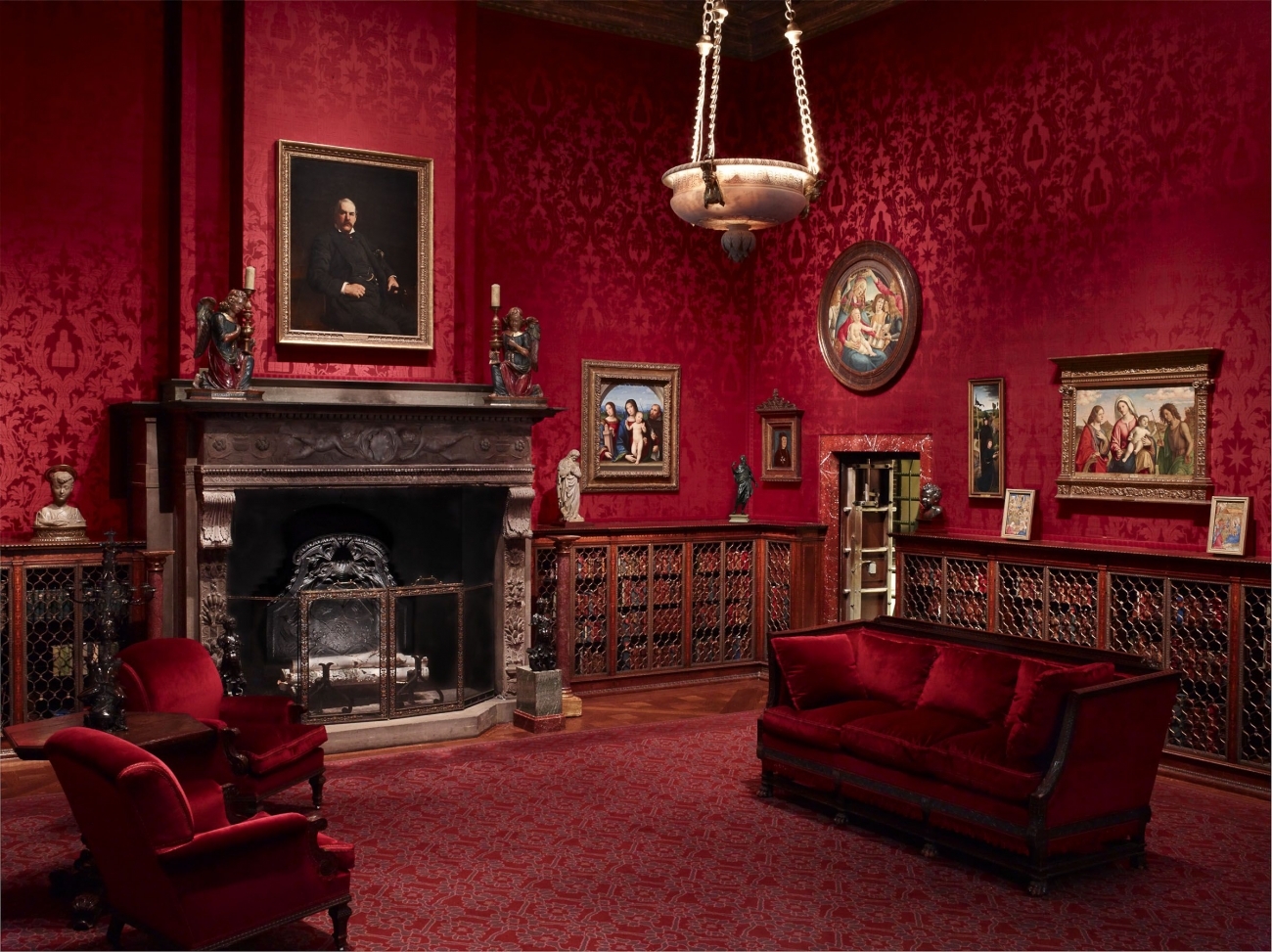Historical Context and Influences

Victorian interior design emerged during the reign of Queen Victoria in the 19th century, reflecting the societal and technological advancements of the era.
The opulence of Victorian interior design is often enhanced by festive touches during the holiday season. Merry Christmas wallpaper adorned with intricate patterns and vibrant colors adds a touch of cheer to the grand halls and cozy corners, complementing the rich fabrics, ornate furniture, and elaborate chandeliers that define the Victorian aesthetic.
The Industrial Revolution played a significant role, with mass production techniques enabling the creation of intricate furnishings and decorative objects. The Arts and Crafts Movement emphasized craftsmanship and natural materials, influencing the design of furniture, textiles, and wallpapers.
Victorian interior design is renowned for its opulence and intricate detailing. Among its signature elements is the use of ornate wallpapers. For those seeking a touch of ethereal beauty, aesthetic wallpaper purple offers a captivating option. Its vibrant hues and intricate patterns evoke a sense of grandeur, seamlessly complementing the lavishness of Victorian interiors.
Key Historical Figures, Victorian interior design
- William Morris: A leading figure in the Arts and Crafts Movement, known for his floral and nature-inspired designs.
- Charles Eastlake: An influential architect and writer who promoted Gothic Revival styles in interior design.
- Owen Jones: An architect and designer who incorporated Islamic and Middle Eastern motifs into Victorian interiors.
Characteristic Features and Elements: Victorian Interior Design

Victorian interior design, popular from the mid-19th century to the early 20th century, is known for its opulence, intricate details, and bold color palettes. The characteristic features and elements of Victorian interiors include:
Color Palettes, Patterns, and Textures
Victorian interiors were characterized by rich and vibrant color palettes, often inspired by nature. Deep reds, greens, blues, and purples were popular, as were floral and geometric patterns. Wallpapers and fabrics featured intricate designs and elaborate patterns, creating a sense of visual interest and depth.
Ornate Furniture
Victorian furniture was known for its ornate and elaborate designs. Pieces were often made of dark woods, such as mahogany, walnut, and rosewood, and featured intricate carvings and moldings. Upholstered furniture was common, with fabrics in rich colors and patterns. Sofas, chairs, and ottomans were often tufted or buttoned, adding to the sense of luxury.
Decorative Moldings
Decorative moldings were an essential element of Victorian interiors. They were used to create visual interest and add depth to walls and ceilings. Moldings were often made of plaster or wood and featured intricate designs, such as scrolls, flowers, and geometric patterns.
Elaborate Window Treatments
Window treatments in Victorian interiors were elaborate and opulent. Curtains and drapes were made of heavy fabrics, such as velvet, damask, and brocade. They were often trimmed with fringe, tassels, and other embellishments. Window treatments were designed to create a sense of drama and grandeur, and to provide privacy and insulation.
Iconic Victorian Furniture Pieces
Some of the most iconic Victorian furniture pieces include:
- The Chesterfield sofa: A large, upholstered sofa with deep button tufting and rolled arms.
- The wingback chair: A high-backed chair with wings on either side of the headrest, providing privacy and comfort.
- The chaise longue: A long, upholstered chair with a sloping back, designed for relaxation.
- The armoire: A large, freestanding cabinet with doors, used for storage.
- The whatnot: A small, open-shelved cabinet used to display decorative objects.
Specific Room Designs and Functions

Victorian homes were designed to reflect the family’s status and wealth, and the different rooms within the house served specific functions. The parlor, dining room, and bedroom were among the most important rooms in the house, and each had its own unique design and furnishings.
Parlor
The parlor was the most formal room in the house, and it was used for receiving guests and entertaining. It was typically furnished with a sofa, chairs, a table, and a fireplace. The walls were often decorated with paintings and mirrors, and the floor was covered with a carpet.
Dining Room
The dining room was used for family meals and entertaining guests. It was typically furnished with a table, chairs, a sideboard, and a china cabinet. The walls were often decorated with paintings or wallpaper, and the floor was covered with a carpet or linoleum.
Bedroom
The bedroom was a private space used for sleeping and dressing. It was typically furnished with a bed, a dresser, a wardrobe, and a nightstand. The walls were often decorated with wallpaper or paint, and the floor was covered with a carpet or rug.
| Room | Function | Typical Furnishings |
|---|---|---|
| Parlor | Receiving guests, entertaining | Sofa, chairs, table, fireplace |
| Dining Room | Family meals, entertaining guests | Table, chairs, sideboard, china cabinet |
| Bedroom | Sleeping, dressing | Bed, dresser, wardrobe, nightstand |